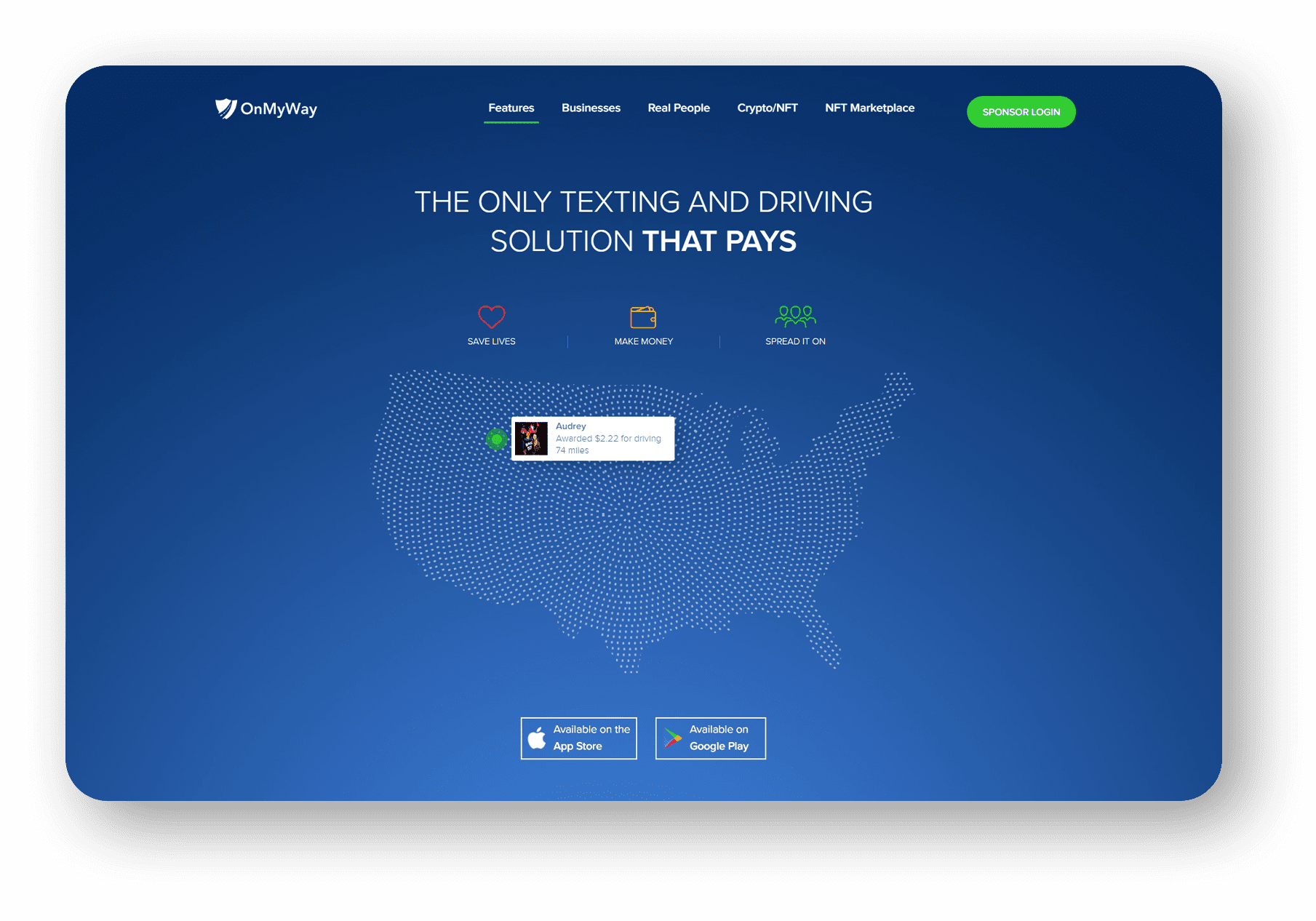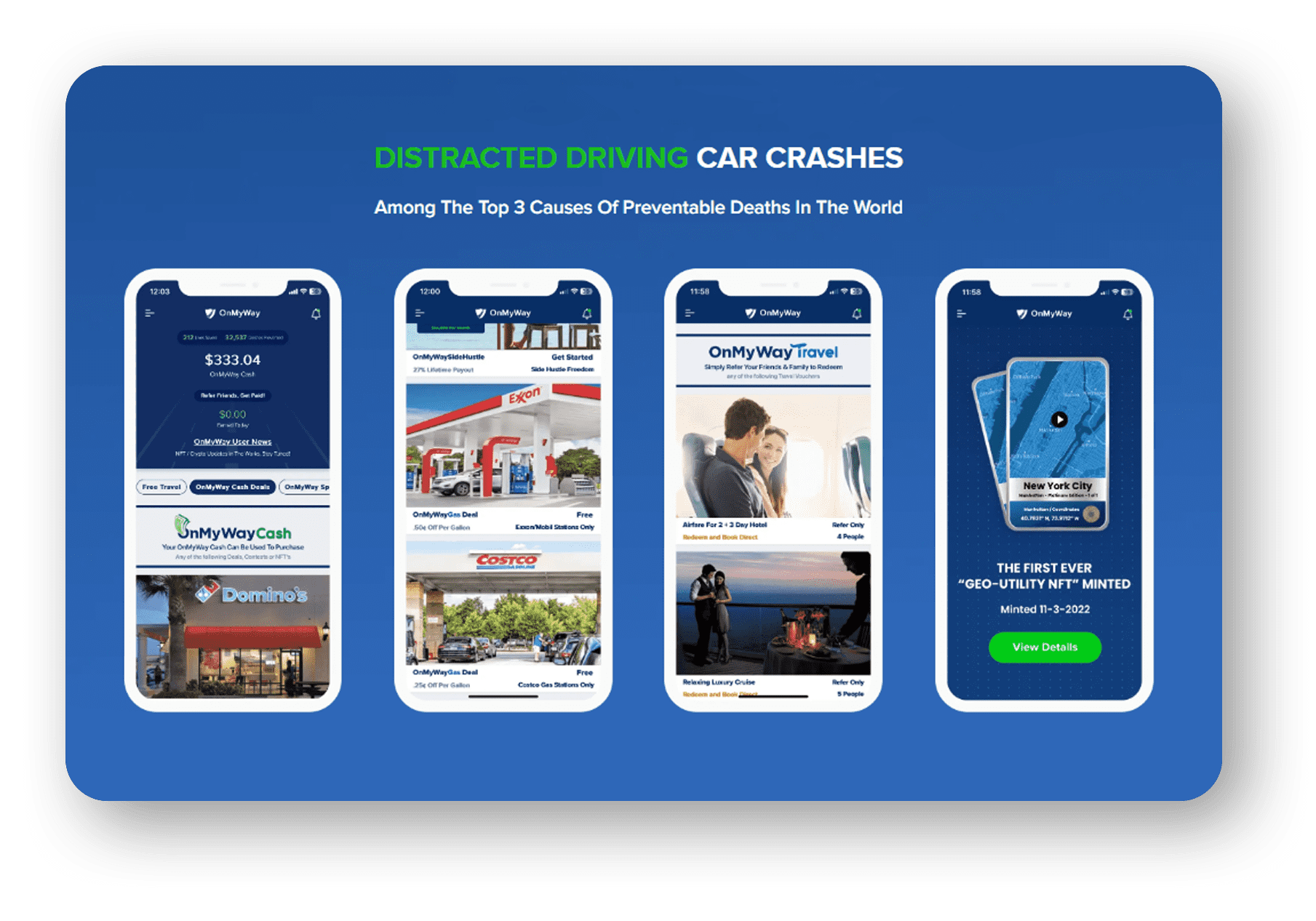
Elizabeth Banks’ “Cocaine Bear” is now playing in theaters, bringing with it an onslaught of detached limbs, blood-soaked bodies and gory mayhem. But that’s not exactly how one would describe the real story of the Cocaine Bear, also known as Pablo Eskobear. Banks’ film, scripted by Jimmy Warden, is inspired by the 1985 discovery of a dead bear in Georgia’s Chattahoochee National Forest.
The true story behind “Cocaine Bear” started in September 1985, when convicted drug smuggler Andrew Thornton died after a parachuting accident. The working theory is that Thorton was traveling in a plane with 880 pounds of cocaine and thought the Feds were trailing him, so he decided to throw some of the stash out of the plane and take some more with him when he parachuted out. His plan went awry.
Kinda sorta based on the real story of the 175-pound black bear that became famous in 1985 for overdosing on cocaine lost by drug traffickers in Tennessee, Cocaine Bear imagines a reality where doing that much blow would drive a bear to go on a murderous rampage rather than kill it. No one’s initially clued into just how much cocaine smuggler Andrew C. Thornton (Matthew Rhys) dumps out of his plane over the Chattahoochee-Oconee National Forest in a clever but ill-conceived attempt at hiding from the authorities during a big run. When massive bricks of the white powder begin to turn up throughout the park, though, it isn’t long before Thornton’s dump becomes the subject of a local news frenzy that puts cocaine on most everyone’s minds even more than it already is.
For cops like Bob (Isiah Whitlock Jr.) and Reba (Ayoola Smart), the coke’s a sign that known kingpin Syd (Ray Liotta) is making big moves, while people like Syd’s son Eddie (Alden Ehrenreich) and Eddie’s friend Daveed (O’Shea Jackson Jr.) see it as a mess they’re going to have to clean up. Between her new boyfriend and keeping an eye on her daughter, quintessential ’80s mom Sari (Keri Russell) is too busy to pay all that much attention to whatever nonsense is going on in the forest. But when Dee Dee (Brooklynn Prince), Sari’s middle schooler, and her best friend Henry (Christian Convery) decide to ditch school to hang out in the wilderness one day, they don’t realize just how much danger they’re wandering into or what sort of wild ride they’re in for.
It truly isn’t a knock against Cocaine Bear to say that there isn’t all that much more to the campy, tongue-in-cheek film beyond the basic elements of screenwriter Jimmy Warden’s script, which quickly sets to bringing even more characters like park ranger Liz (Margo Martindale) and animal conservationist Peter (Jesse Tyler Ferguson) into the picture. Much in the same way that Universal’s M3gan fully leaned into its goofier qualities while joking about dolls killing children, Cocaine Bear wants you chuckling at its absurdity as you’re watching a hulking, thoroughly unconvincing CGI bear trip balls and eat people.
It’s obvious — both from Cocaine Bear’s framing and from one of its more memorable deaths — that the movie’s trying to tap into a very similar kind of brilliant but slightly batshit energy that made Renny Harlin’s Deep Blue Sea such an instant classic. But by the time that the bear mainlines its second bag full of dust, you can already see that Cocaine Bear just doesn’t know how to create a sustained atmosphere of tension and feel how it’s trying to inundate you with disturbing imagery instead.
Indeed, if Cocaine Bear violates our expectations about what environmentalism looks like, it is because American consumers are accustomed to environmental discourse that is characterized by piety and a dash of mournfulness. The tone of most “green” messaging is solemn, accompanied by a minor soundtrack and grave warnings. Above all, environmentalist content—whether a feature film or a World Wildlife Fund commercial—is invariably didactic. It would have us learn something, and through that education, inspire us to act. Almost all environmental discourse in America is predicated on the old enlightenment idea that knowledge is power: that if we simply know more about humanity’s impact on the environment, we’ll change our behaviors and attitudes.
The unfortunate truth is that this premise is dubious. Research shows that being more informed about environmental issues doesn’t always change people’s habits or behaviors. What’s more, some scientists argue that the doom and gloom that often characterizes mainstream environmental messaging might actually be counterproductive, encouraging anxiety rather than action. Indeed, as a professor who teaches environmental film, I have seen firsthand the mixed effect that earnest movies about issues such as climate change or species loss can have on students.
Disaster films like Snowpiercer or Children of Men might make for brilliant cinema—and have sophisticated things to say about environmental problems—but they don’t exactly inspire the can-do attitude that is necessary to combat the very ecological crises they explore. My classrooms are mostly populated by bright-eyed Environmental Studies majors who want to save the world, and yet watching films and documentaries about ecological catastrophes often seems to dampen their enthusiasm for activism. “What’s the point of trying?” one student asked me in office hours after watching the bleak apocalyptic film The Road. “Things are going to hell no matter what.” Reactions like these often leave me torn between my responsibilities as a professor—to help young people confront the hard truths about our imperiled planet—and the sense that environmental art often seems to do more harm than good, producing despair rather than determination.
Recognizing this kind of environmental despair in herself and among her own students, Nicole Seymour—an environmentalist and English professor at California State University—has asked a provocative question: If pious messaging doesn’t inspire change, what if environmentalism might “work” better by becoming more irreverent? More ribald and less self-righteous? Silly rather than somber? More about giggles than guilt? Seymour calls this cheeky posture “bad environmentalism,” which she defines as “environmentalism with the ‘wrong’ attitude— without reverence or seriousness—and while also having a sense of humor about oneself.” It is an attitude that Cocaine Bear is shot through with.
The film’s desire to shun any pretense to illumination is communicated from the very start. Before we catch our first glimpse of the bear on booger sugar, the movie opens with an epigraph providing very official-sounding information about what to do in the event of a bear attack.
OVERVIEW
OnMyWay Is The #1 Distracted Driving Mobile App In The Nation!
OnMyWay, based in Charleston, SC, The Only Mobile App That Pays its Users Not to Text and Drive.
The #1 cause of death among young adults ages 16-27 is Car Accidents, with the majority related to Distracted Driving.
OnMyWay’s mission is to reverse this epidemic through positive rewards. Users get paid for every mile they do not text and drive and can refer their friends to get compensated for them as well.
The money earned can then be used for Cash Cards, Gift Cards, Travel Deals and Much, Much More….
The company also makes it a point to let users know that OnMyWay does NOT sell users data and only tracks them for purposes of providing a better experience while using the app.
The OnMyWay app is free to download and is currently available on both the App Store for iPhones and Google Play for Android @ OnMyWay; Drive Safe, Get Paid.
Download App Now – https://r.onmyway.com
Sponsors and advertisers can contact the company directly through their website @ www.onmyway.com











